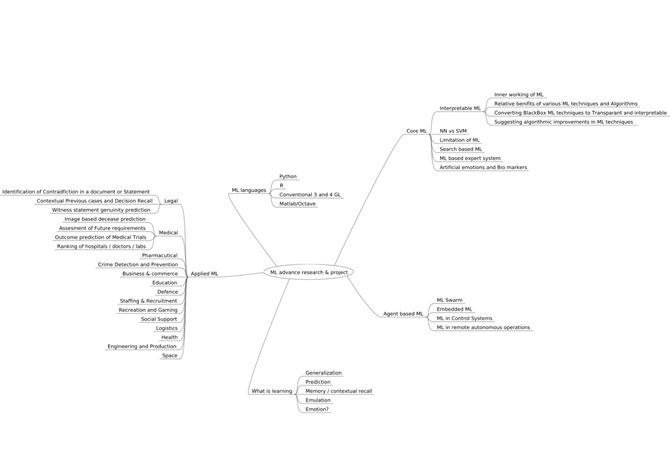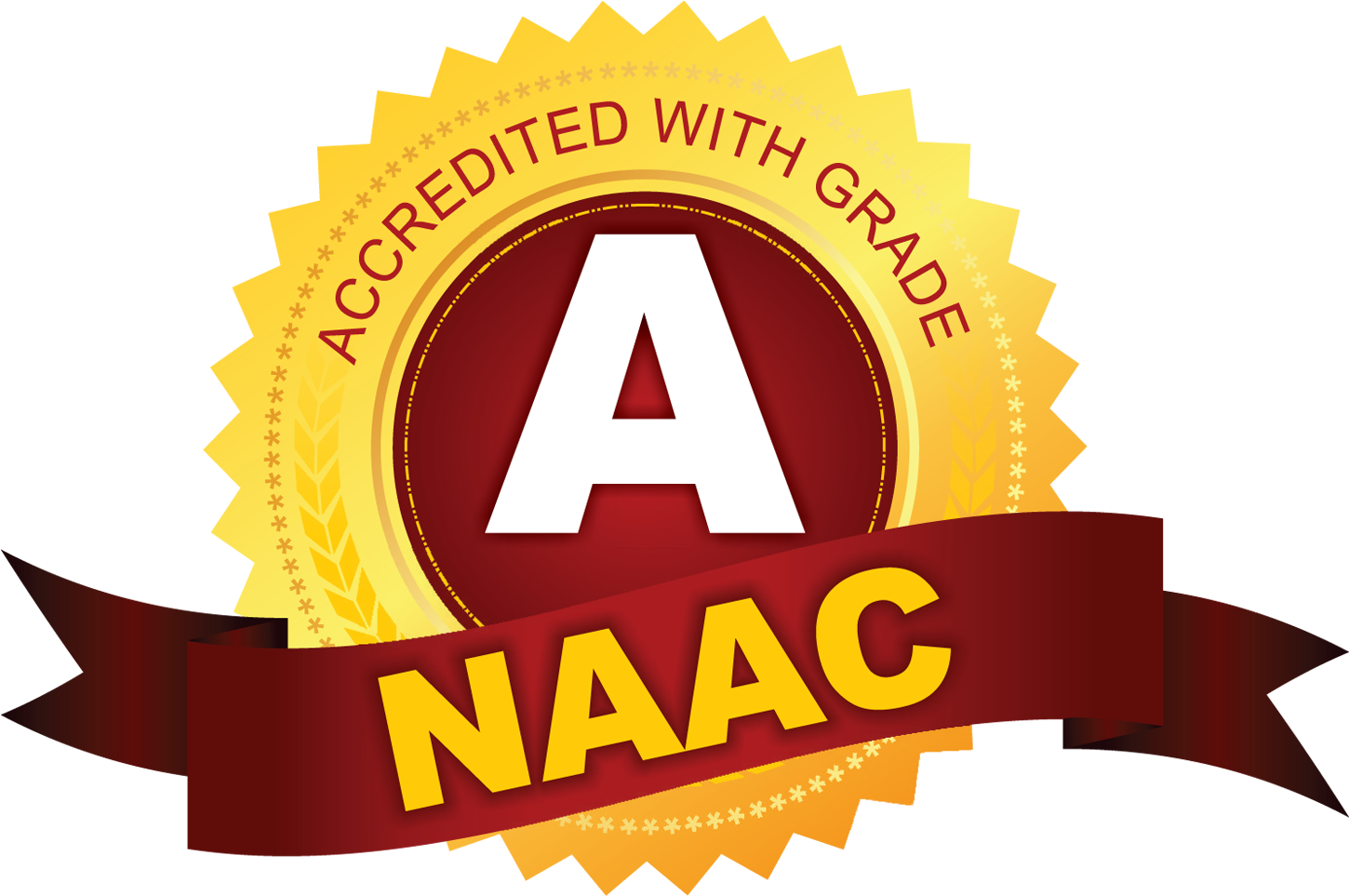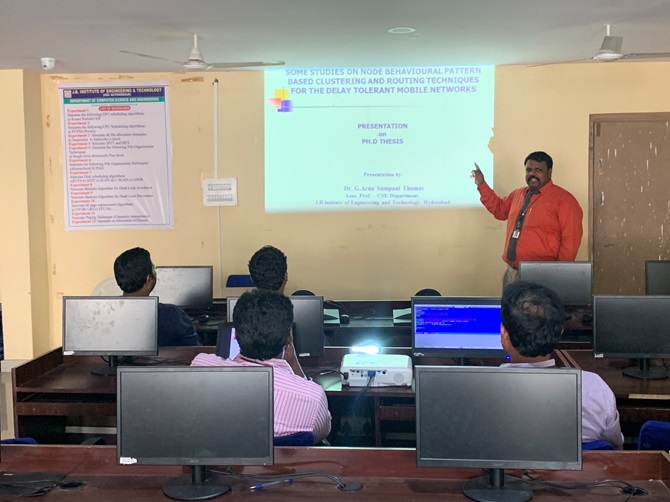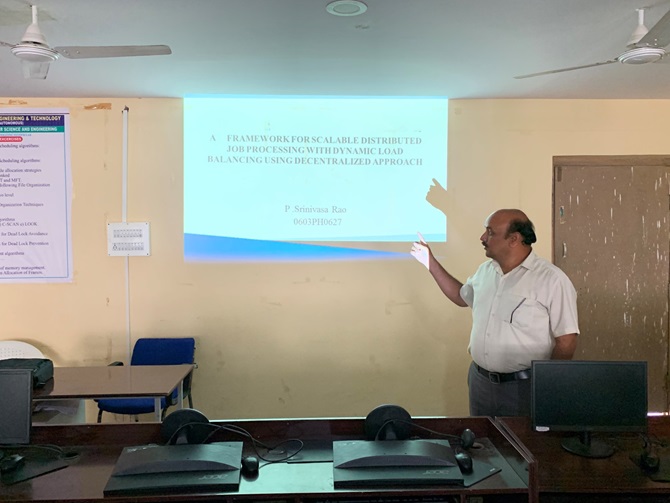The Contributions made by CSE Department Faculty towards inculcating innovative methods in Teaching and Learning are clearly elucidated both in our Department Records and on the Institute Website for peer review and critique. Our work is open to be enhanced or reproduced.
For further details click here
Some of our inclusive ways are listed below:
1. Mind Map
2. Flipped Class Room
3. 100 Pins (Content Delivery by Mailing List)
4. Activity-based Learning
5. Learning by Doing
6. Digital Library
7. Content Delivery by Official College Website
8. Reproducibility of Ph.D. Work
9. Strategic lesson plan
Below are the Short Descriptions on above Innovative means in Teaching and Learning:
1. Mind Map:
A mind map is a diagram used to visually organize information. A mind map is hierarchical and shows relationships among pieces of the whole. It is often created around a single concept, drawn as an image in the center of a blank page, to which associated representations of ideas such as images, words and parts of words are added. Major ideas are connected directly to the central concept, and other ideas branch out from those.

Objectives:
1. To generate, visualize, structure, and classify ideas, and as an aid to studying and organizing information, solving problems, making decisions, and writing.
2. To help students with critical and creative thinking and improve their problem-solving ability at the same time.
Outcomes:
1. The study's ability of both students and faculty will get accelerated by improving and enhancing their retention with the combination of photography and information.
2. Problem Solving Ability of students will get improved.
2. Flipped Class Room:
The flipped classroom is a teaching approach where our students get their first exposure to course content before coming to class through readings and video lectures. They then spend in-class time engaging in activities that we’ve designed to promote a deeper understanding of a concept.
Objectives:
1. To promote flexible learning among students.
2. To facilitate increased engagement between students and faculty.
3. To provide prompt and timely feedback to students based on their out of class assessment performance.
Outcomes:
1. Resonate well with those who are high performers and those who tend to underperform.
2. Enhance Faculty interaction with students by scheduled class meetings for dialogue.
3. 100 Pins:
100 Pins is a great local community& mailing facility to share course materials to students through a valid account. JBIET is utilizing this site for better interaction with students in online mode.
4. Activity-based learning:
The activity method is a technique adopted by a teacher to emphasize his or her method of teaching through activity in which the students participate rigorously and bring about efficient learning experiences. Learning by doing is the main focus of this method. Learning by doing is imperative in successful learning since it is well proved that more the senses are stimulated, the more a person learns and longer he/she retains.
Objectives:
1. To enhance the creative aspect of the experience.
2. To build the student’s self-confidence and to develop understanding through work in their group.
Outcomes:
1. Happy relationships between students and students, teachers and students will be developed.
5. Learning by doing:
Our CSE department has two dedicated labs for implementing “Learning by doing” methodology. Those labs are located at room no 114 & 115 in the main block of JBIET. In these labs, students are provided with hands-on training on various technologies for the better learning experience. Labs and classes are held together to implement “Learning by doing”.
Each lab has 30 systems with the following configuration:
- Acer Intel Core i3-6100 Processor
- H1 10 chipset
- 4GB Ram
- 500 GB Hard Disk
- 18.5” WTFT LED Display
- D-Link 16 port switches – 2
- Microsoft Campus Agreement
6. Digital Library:
JBIET is having a Digital Library facility. It is equipped with the Intel Tidal Data server having storage of 4 TB Capacity. 500 users can access simultaneously.
It is having the following features:
• Tidal Data Server
• Unified Library Server
• NAS
• SAN
• Jukebox
• SATA Disks 1000 GB
• Storage Router
• e-Learning Video Server Streamer
• Mail Server
• Proxy Server
• Print Server
• Server Management Software
• Client Access Manager
• 500 users capacity
7. Content Delivery by Official College Website:
Study materials related to any CSE department Course has made available online in our official web site. Refer www.jbiet.edu.in
8. Reproducibility of Ph.D. Work
Ph.D. holders of the CSE department motivate students and staff for brainstorming future ideas on the existing Ph.D. works.
Reproducibility from the Ph.D. Thesis:
1)A Distributed Monitoring System for Jobs Processing
2) Priority-based Distributed Job Processing System
3) Dynamic Load Balancing with Central Monitoring of Distributed Job
Processing System
4) Scalable Distributed Job Processing with Dynamic Load Balancing
9. Strategic lesson plan:
- Course content’s delivery method is properly planned prior to the commencement of course.
- This information on instruction delivery is maintained in the course file.
- Instruction delivery is done through Blackboard, ppt’s, videos, website references, interactive activities, and also through social media.
Peer Review and Critique






